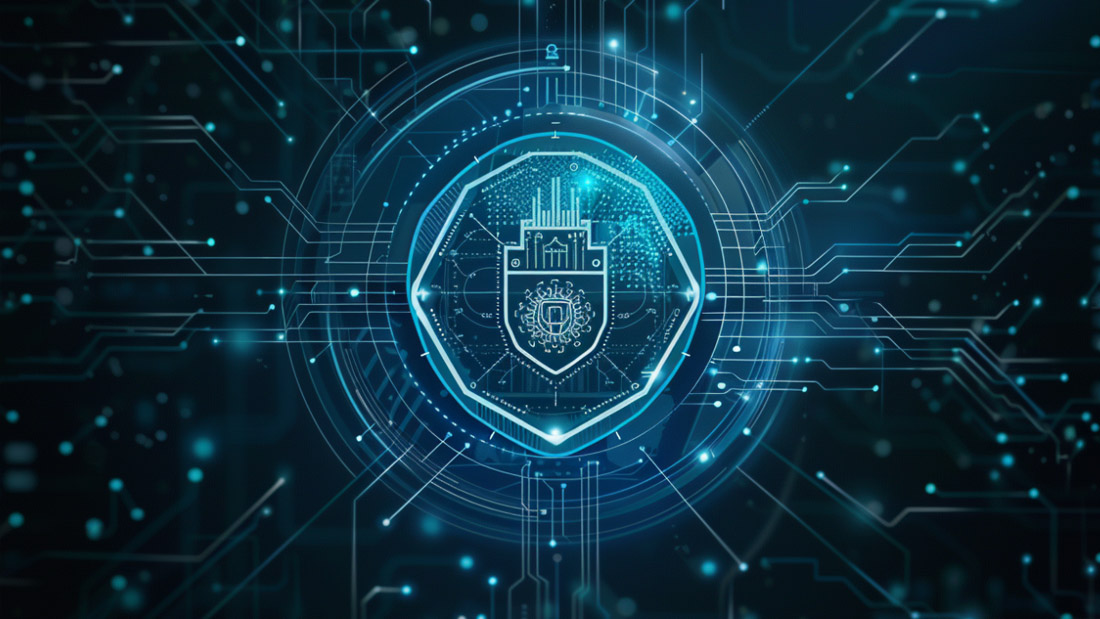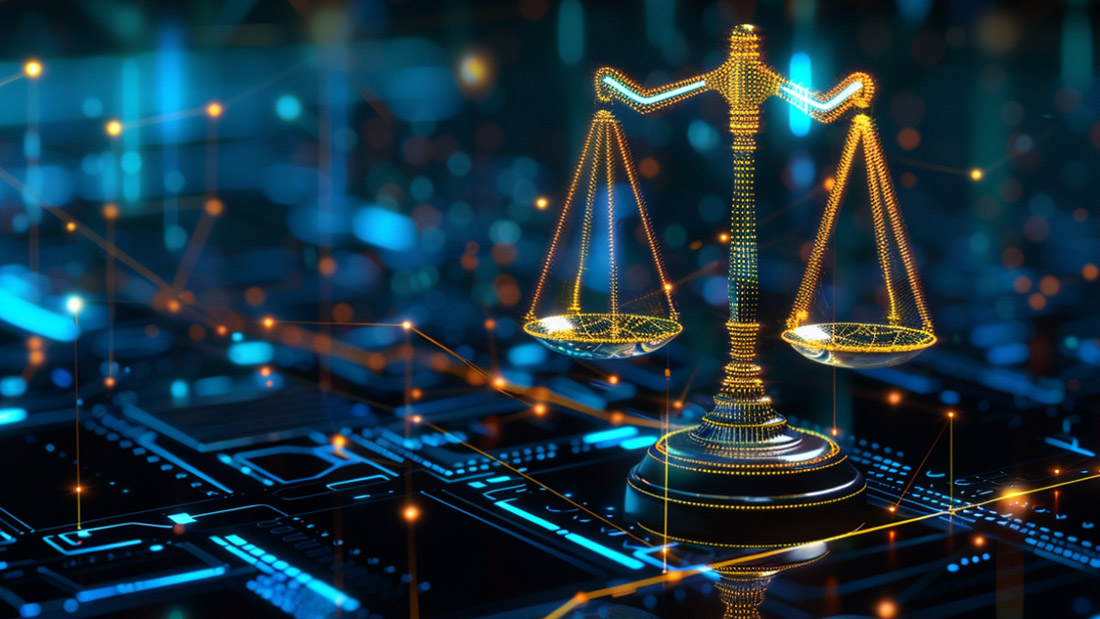The Future of Identity and Access Management (IAM)
March 31, 2024
Go back to "News & Updates"

In the digital era, Identity and Access Management (IAM) plays a pivotal role in the cybersecurity landscape, controlling who is authenticated and authorized to access the resources within a network. As technology evolves, so too does the landscape of IAM. We’re on the cusp of a transformative period, driven by advances in technology and changes in societal attitudes towards privacy and security. This article explores the trends and technologies that are shaping the future of IAM.
The Evolution Towards More User-Centric Models
The future of IAM lies in more personalized, user-centric models. This approach focuses on the user experience, aiming to make authentication processes as seamless as possible while maintaining security. Technologies like Single Sign-On (SSO) and Just-In-Time (JIT) provisioning are becoming more prevalent, offering users smoother access to the resources they need without the constant need for re-authentication or manual account creation.
The Rise of Biometric Authentication
Biometrics is set to redefine the authentication landscape. Fingerprints, facial recognition, and voice recognition offer more secure and convenient methods of authentication than traditional passwords. As biometric technology becomes more sophisticated and less intrusive, its adoption in IAM systems is expected to skyrocket, offering a balance between high security and ease of use.
Decentralized Identity: A New Paradigm
Blockchain technology introduces the concept of decentralized identity, a shift from traditional centralized identity models managed by a single authority. This model gives individuals control over their identity data, using blockchain to create a secure, unforgeable record of identity information. Decentralized identity systems could significantly reduce fraud and improve privacy, making them a promising direction for the future of IAM.
The Integration of Artificial Intelligence
Artificial Intelligence (AI) is transforming IAM through intelligent, adaptive security measures. AI can analyze patterns of user behavior to detect anomalies that may indicate a security threat, implementing adaptive authentication methods that adjust security requirements based on the context of access requests. This dynamic approach to security can significantly enhance an organization’s ability to prevent unauthorized access.
Emphasis on Privacy and Regulation Compliance
In response to increasing concerns over privacy and data protection, future IAM solutions will need to prioritize compliance with global privacy regulations such as GDPR and CCPA. This means implementing privacy-by-design principles, where privacy and data protection are considered at all stages of IAM system development and deployment.
Zero Trust Security Models
The Zero Trust security model, which assumes that threats can exist both outside and inside the network, is becoming increasingly relevant. IAM plays a crucial role in Zero Trust architectures, ensuring that users and devices are continuously authenticated and authorized. As cyber threats become more sophisticated, the adoption of Zero Trust principles in IAM systems is expected to grow.
Conclusion
The future of Identity and Access Management is marked by a transition towards more user-friendly, secure, and privacy-focused models. By embracing biometrics, decentralized identity, AI, and Zero Trust principles, IAM systems can provide robust security measures while enhancing the user experience. As these technologies evolve, the role of IAM in cybersecurity will only become more crucial, shaping not just how we access digital resources, but also how we protect our digital identities in an increasingly interconnected world.











